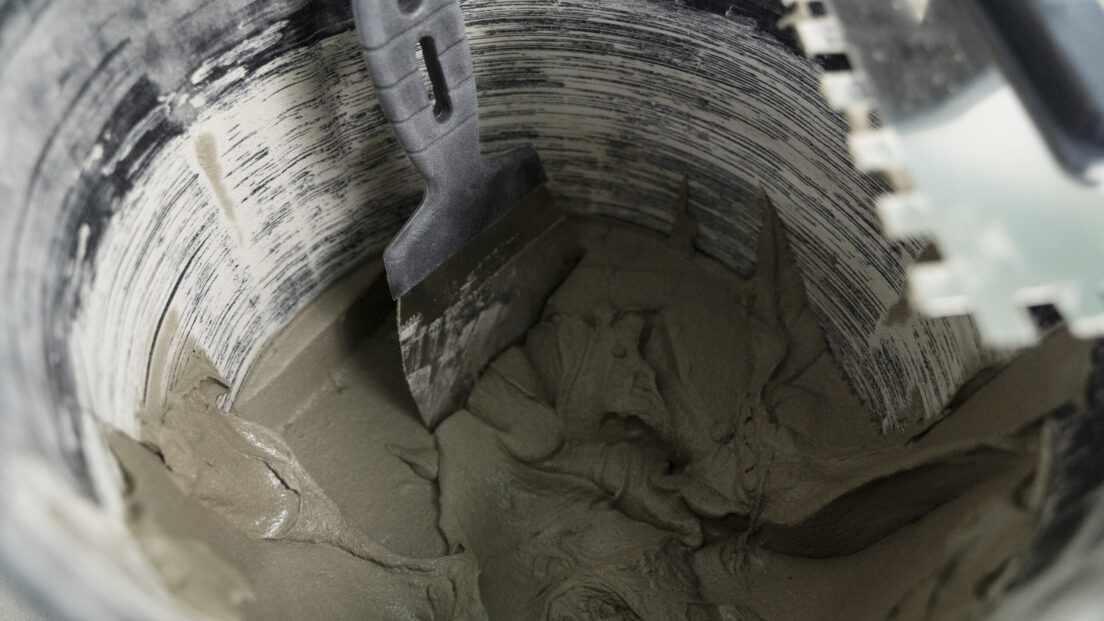Building materials without CO₂ – the change in the industry has begun

The construction sector is facing a historic turning point. While traditional materials such as cement and steel cause enormous emissions, low-carbon and carbon-free alternatives are opening up new avenues for climate-friendly construction. Start-ups, technologies and forward-looking construction companies show that change is possible and has already begun.
The construction industry is one of the largest CO₂ emitters in the world. It accounts for around 37 per cent of energy-related emissions. A significant proportion with enormous potential for improvement. The production of conventional materials such as cement, steel and glass is particularly problematic, as their manufacture involves high energy consumption and CO₂ emissions. Cement alone causes eight per cent of global CO₂ emissions – more than all international air traffic.
But the industry is beginning to rethink. New technologies are enabling materials that are more resource-efficient, durable and climate-friendly. Recycled concrete, alternative binders and CO₂-negative bricks are already demonstrating today what could become the standard tomorrow. This shows that sustainability does not have to be at odds with stability, quality or cost-effectiveness.
Innovation from Switzerland
The ETH spin-off Oxara is pursuing a particularly visionary approach. The Zurich-based company has developed a patented process that converts mineral waste from the construction industry into cement-free, low-CO₂ building materials. Oxara’s so-called Earth Concrete reduces energy requirements by up to 80 per cent and CO₂ emissions by around 90 per cent. The new “Oulesse” product replaces traditional cement with an innovative mixture of mineral salts and recycled materials such as bricks and concrete. This not only significantly reduces emissions, but also represents an important step towards a circular economy in the construction industry.
Oxara’s innovations prove that sustainable construction is scalable and economically viable. At the same time, they promote a new understanding of material use, in which not only the building material counts, but also its origin, life cycle and deconstructability.
The value of natural building materials
Traditional materials such as wood are also experiencing a renaissance. However, in a new technological form. Cross laminated timber, composite systems and hybrid constructions make wood a high-performance building material with excellent climatic properties. Every cubic metre used binds around one tonne of CO₂, which massively improves the carbon footprint. At the same time, new production techniques ensure maximum load-bearing capacity, even in multi-storey buildings.
Other promising approaches include sand-lime bricks or CO₂-negative bricks, which actively bind carbon. This shows that stone-based building materials can also have their place in a sustainable future if they are further developed accordingly.
From trend to obligation
Sustainable building has long been more than just an image factor. It is increasingly becoming a regulatory and economic necessity. Building owners, planners and investors are under growing pressure to assume ecological responsibility and promote innovative solutions. At the same time, demand for low-emission construction projects is growing, both among institutional investors and end customers.
The sector has the opportunity to move from being a climate problem to a climate solution. The technologies are available, the expertise is growing and the pressure to act is real. It is up to the players in the construction and property industry to seize this opportunity for the market, society and future generations.